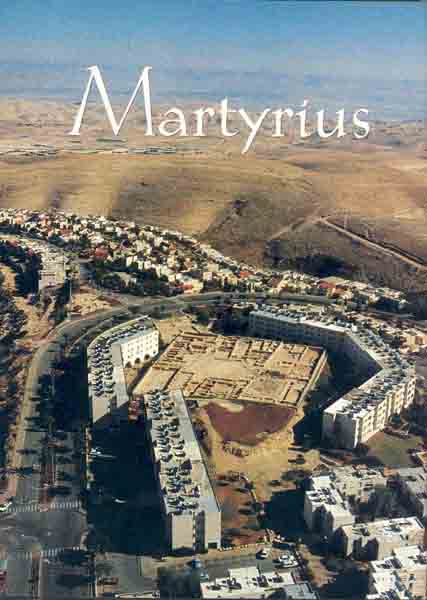Image Details

Zev Radovan and Shlomi Amami, courtesy Yitzhak Magen
Nestled among barren hills east of Jerusalem is the modern city of Ma‘ale Adummim, site of Martyrius, one of the most lavish Byzantine monasteries. The large white apartment buildings at center encircle the ruins of the coenobium, or communal monastery, founded in the fifth century by St. Martyrius of Cappadocia, in modern Turkey. Martyrius quickly became the principal monastery in the Judean desert, housing 100 monks in its elaborate complex of living quarters, stables, chapels and refectory, spreading over two and a half acres. Although the monks maintained rigorous religious discipline, the spacious buildings, intricate mosaics and delicate pottery excavated at Martyrius suggest that their lives were not as severe as one might suspect.
Because Martyrius was on the main road between Jericho and Jerusalem in ancient times, thousands of early Christian pilgrims, eager to visit biblical sites along the route, stopped at Martyrius to rest. Although the stream of pilgrims disturbed the monks’ seclusion, the residents welcomed the guests and built a spacious hospice to house them just outside the monastery wall.
